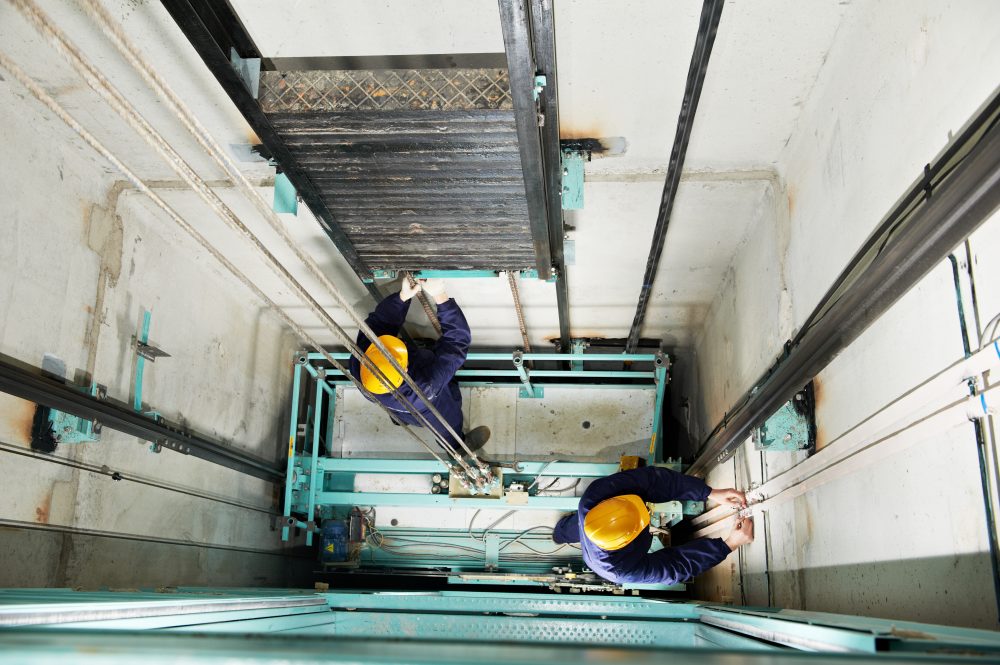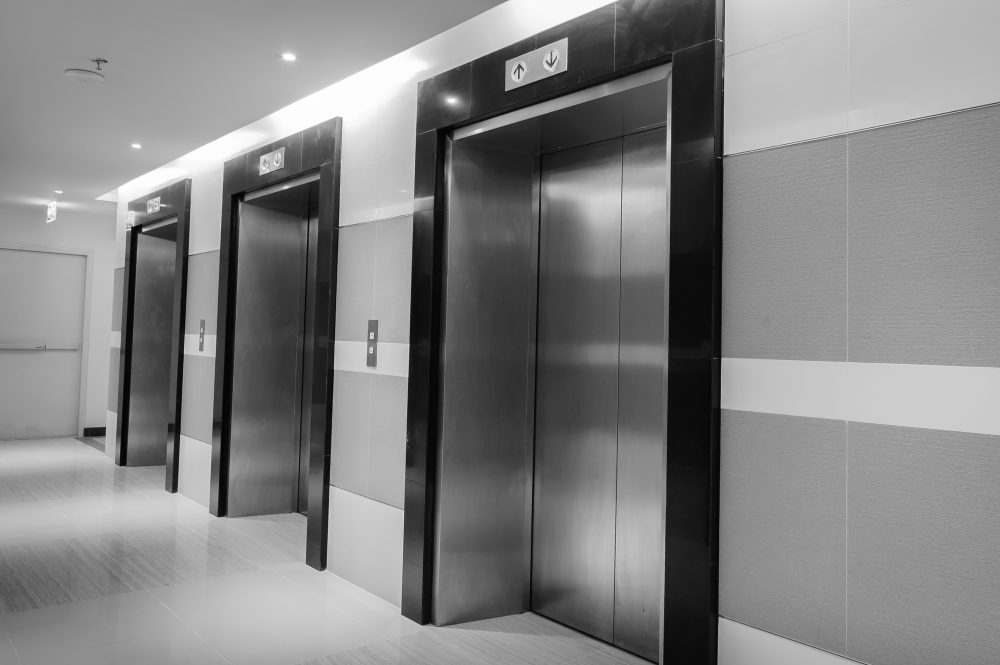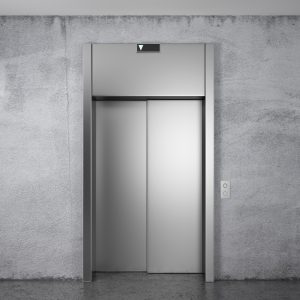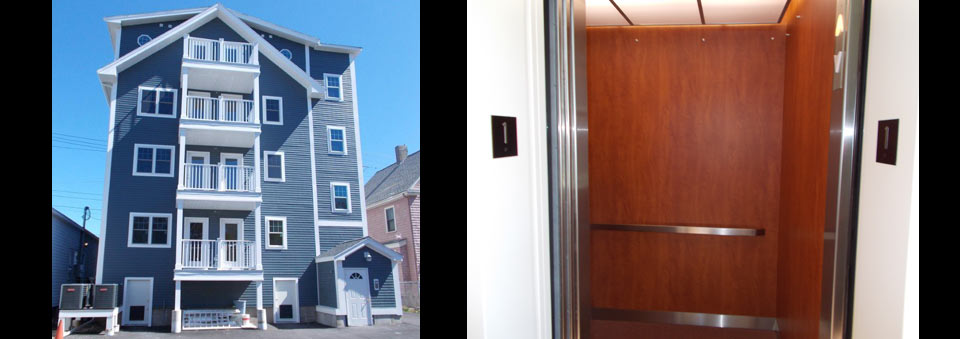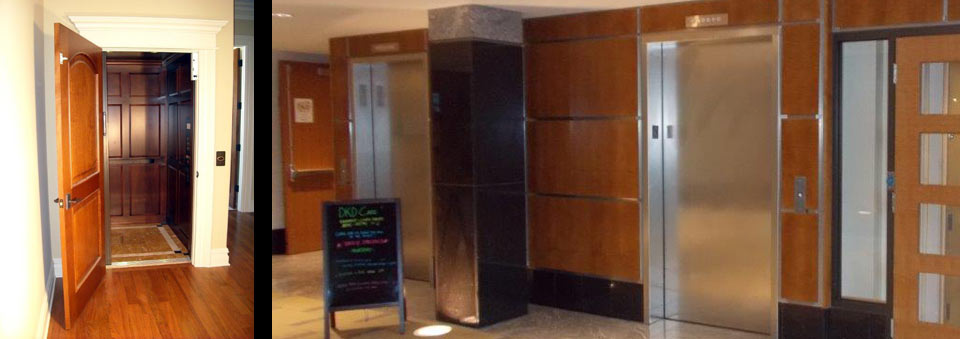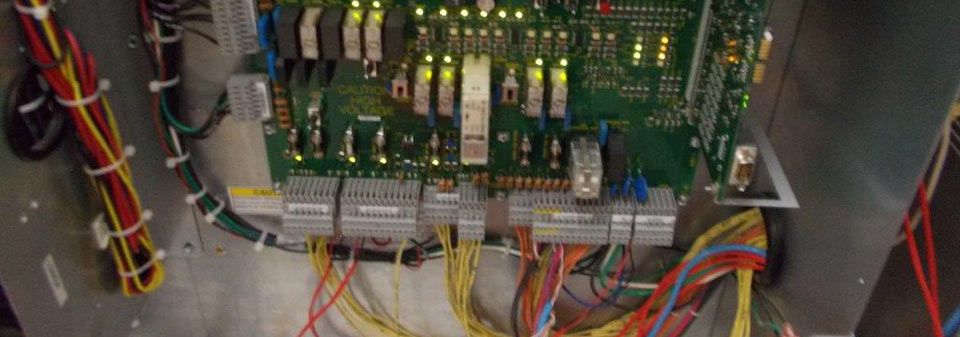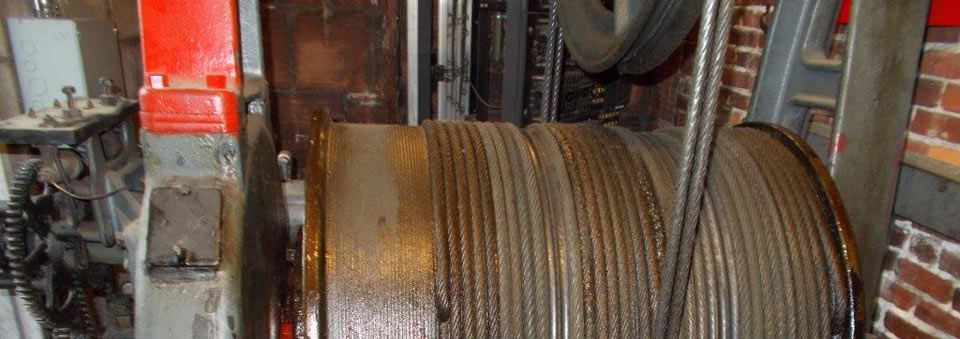A commercial elevator in poor shape is a disaster waiting to happen. Regular maintenance can help to ensure you don’t encounter such a disaster. The moment you notice something wrong with the way your elevator functions is the moment you should call in the professionals. How will you know whether to repair or replace it? The professionals can help you make that decision, but the following are some ideas to consider.
Speed
The slowing speed of your elevator could mean one of two things. First, it could indicate components and moving parts that need a little elbow grease. Once they’ve been oiled or repaired, the machine should begin to run at regular speed. Second, it could indicate overuse. When this happens, it’s probably time for a replacement as the elevator has just gotten too old to run at peak performance.
Sounds
Every elevator makes certain noises that are considered normal. If you begin to hear something out of the ordinary, the machine might need immediate repair. If the repair doesn’t happen right away, more severe damage could occur, often leading to total replacement. Pay attention to the sounds your elevator makes so the clanks, bangs, and grinding can be taken care of in the most effective way possible.
Movement
The way your elevator moves can help you determine whether or not to repair or replace it as well. For example, a jolt or jerky movement upon beginning its descent or ascent could require a small repair to smooth it out. An elevator that stops at the wrong floor or leaves a couple of inches between it and the floor could require a replacement.
Whether your elevator needs a repair or replacement is best understood when left to the professionals. If you are concerned about the speed, sounds or movement of your commercial elevator, it’s time to contact Keystone Elevator at 781-277-4655 for an inspection.

